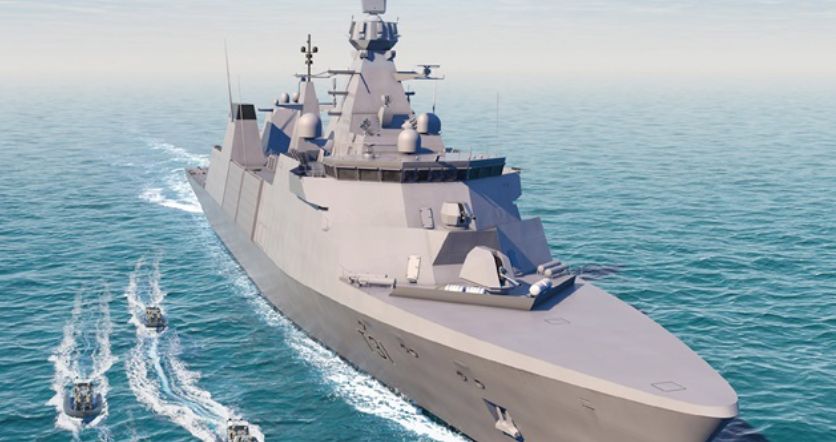To deliver these new ships, the UK requires a strong domestic shipbuilding capability. Many current issues are the result of previous Governments refusing to accept the consistent recommendations that have been given by a variety of experts for the last fifteen years: provide a steady pipeline of work for British shipyards, prioritise building vessels in the UK, work collaboratively with industry, and promote exports. So far, the Government has not fully committed to following this advice: the refresh of the National Shipbuilding Strategy must change this. Properly supported, the UK’s shipbuilding industry must be able to deliver the new technologies that future vessels will need: modularity that can immediately add new capabilities to vessels and keep them upgraded with the latest equipment, autonomous vehicles that will expand the range and opportunity for a vessel to see or strike an adversary, and distributed operations that allow the whole fleet to share information and coordinate action. This will require significant investment in yard modernisation.. "
SA
What domestic shipbuilding capability?
Cammell Laird - one large new build vessel in over a decade, and a couple of small car ferries
Fergusson Marine - two small ropax vessels in 10 years, the first still hasn't been handed over, the second is about 60% complete
Harland & Wolff - last newbuild vessel launched nearly 20 years ago
Appledore - closed, might reopen under new owners
Babcocks Rosyth - Building Type 31
BAe Glasgow - Building Type 26
BAe Barrow-in-Furness - Only builds submarines
Along 3 repair yards owned by A&P, and some small workboat builders dotted around the country, shipbuilding in the UK is a shadow of it's former self. Unless the govt is going to provide a steady stream of business, both military and commercial, along with pumping significant funding into apprenticeships, and relaunching the marine supply chain industry this is all just talk, the talk that been happening since I started working in the marine supply industry in 2007.


